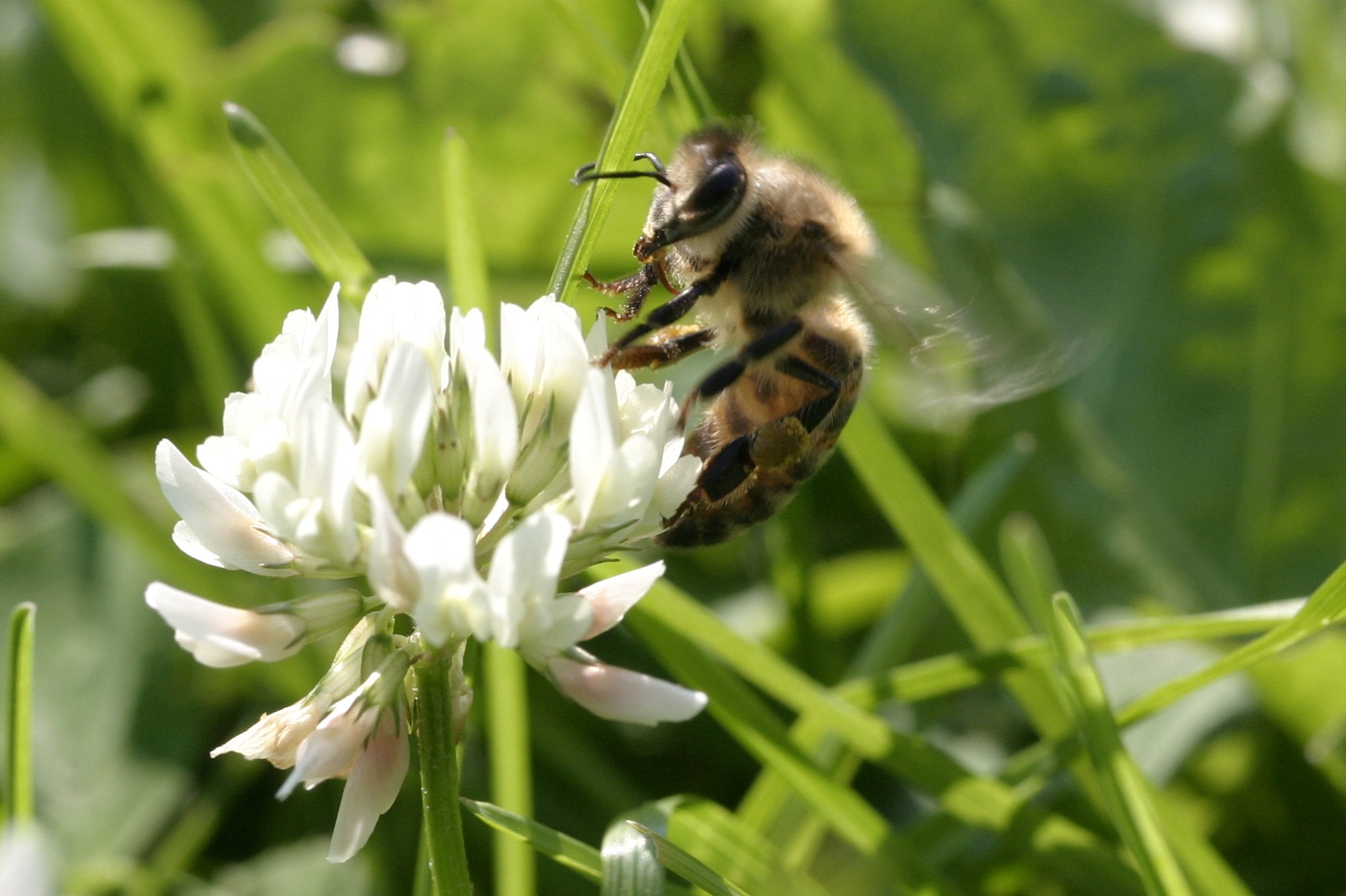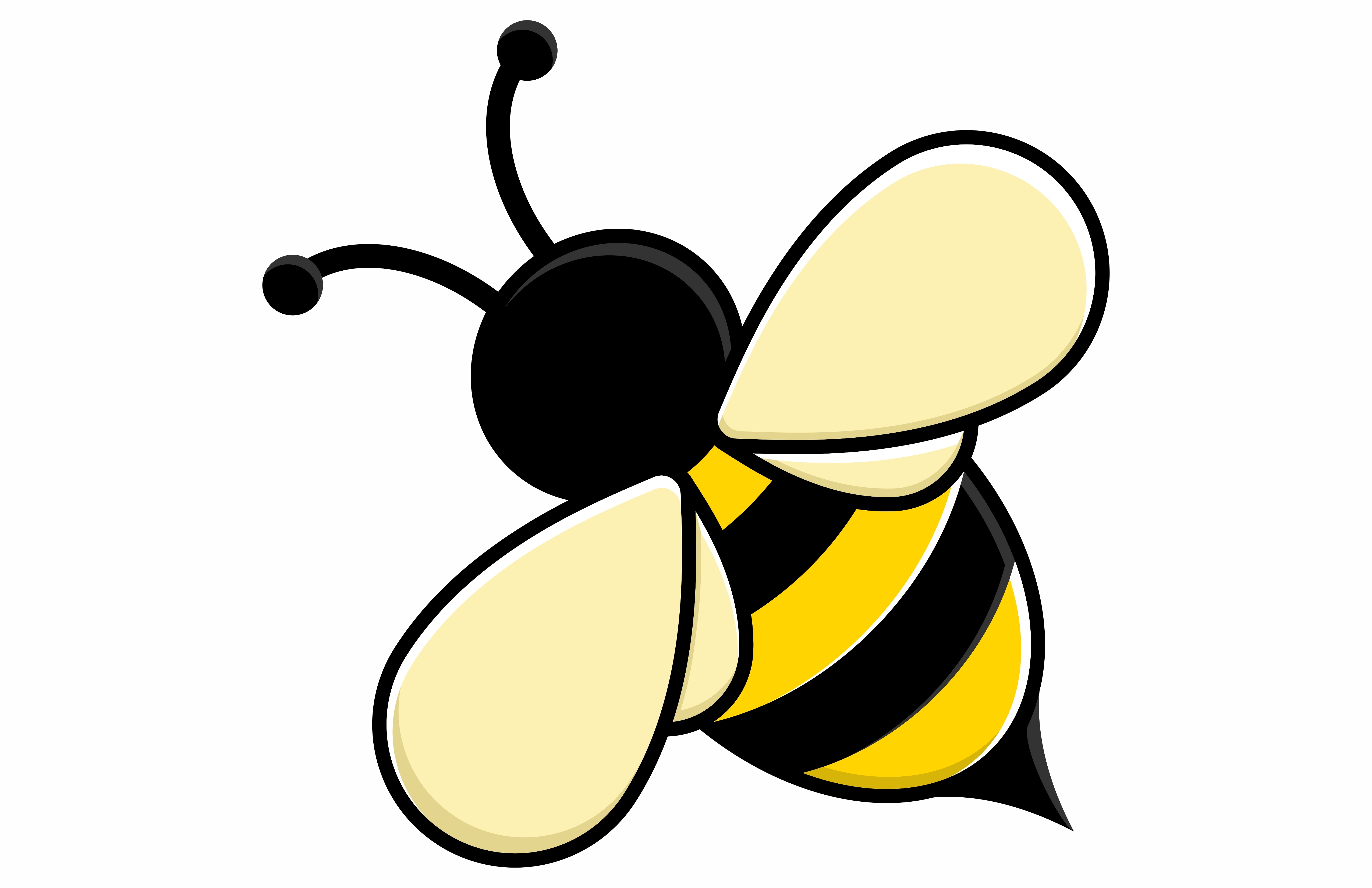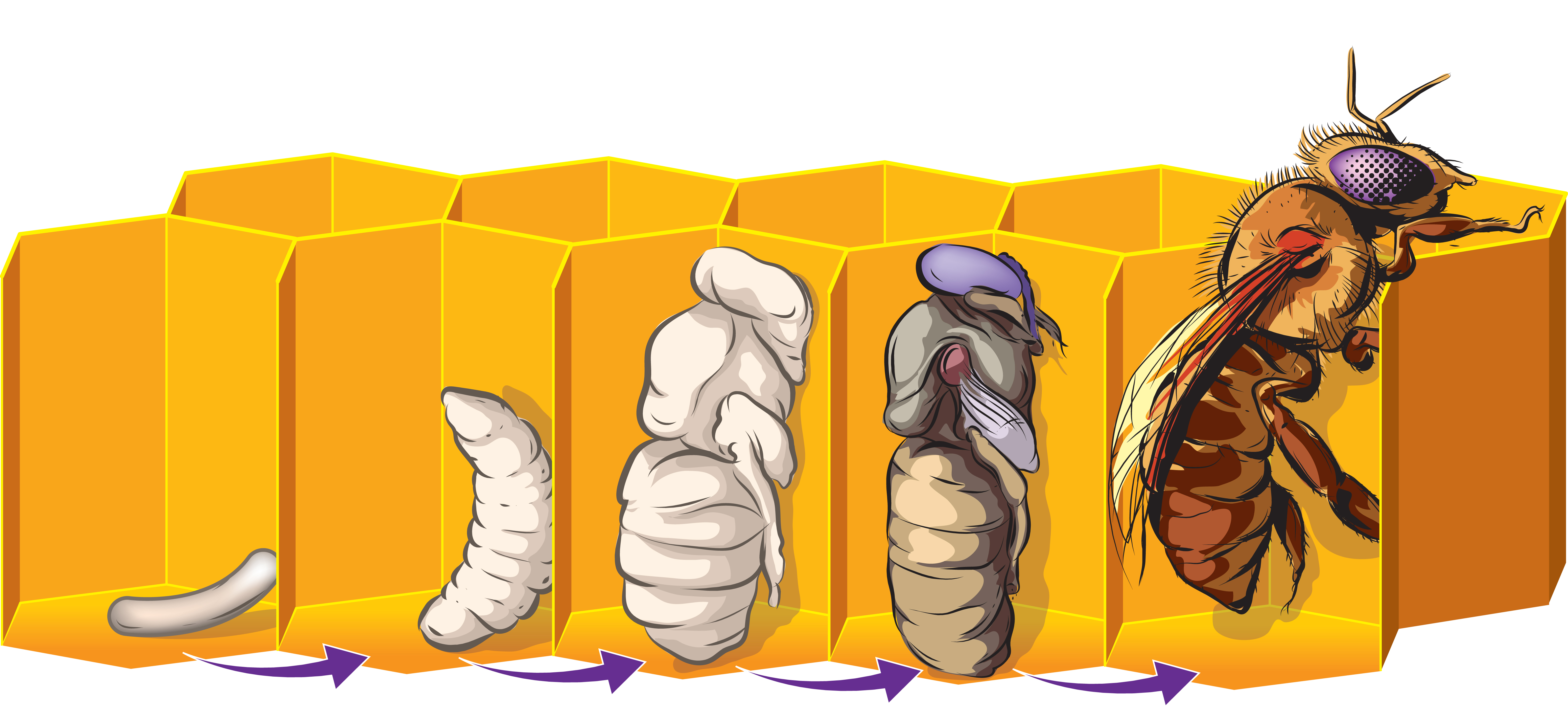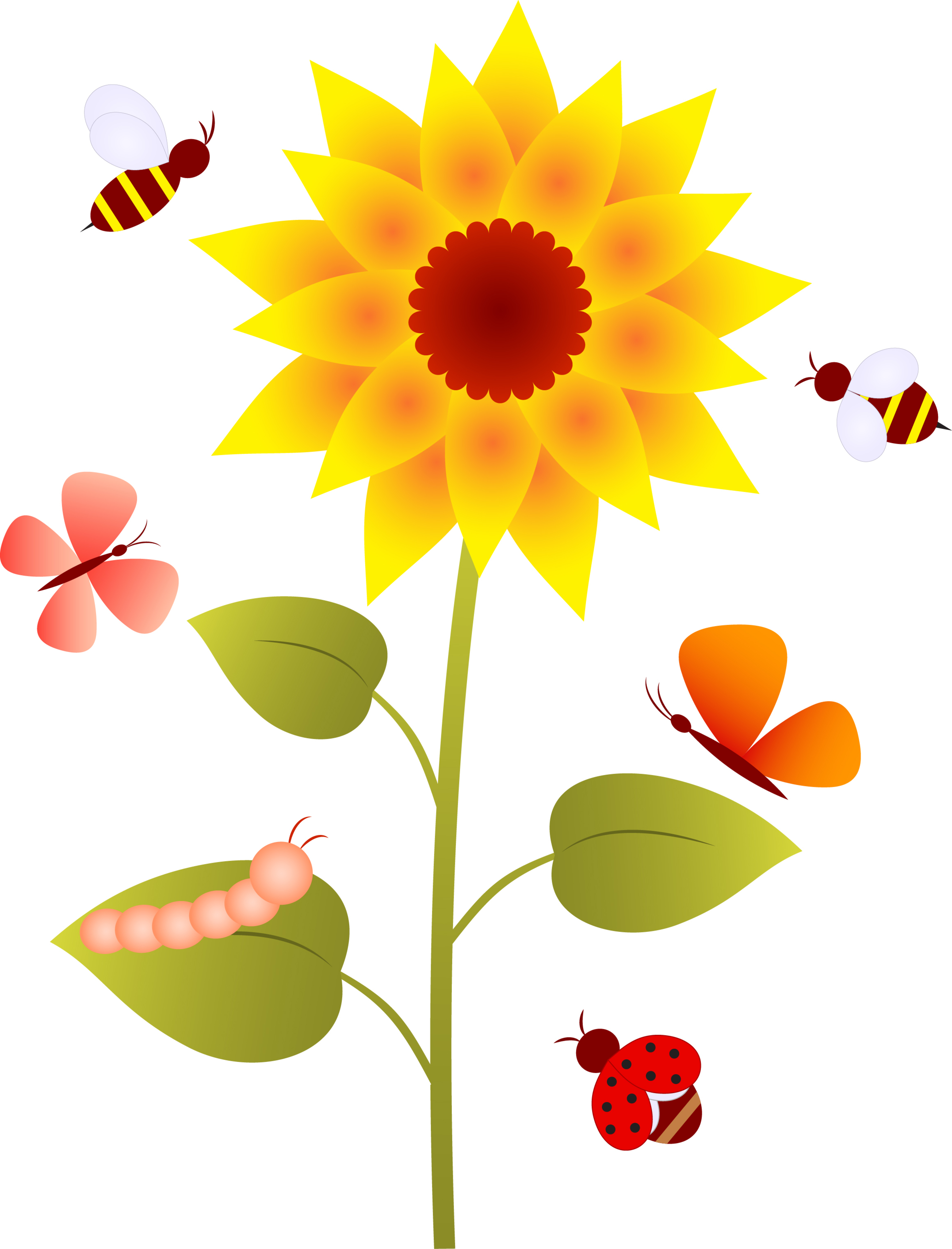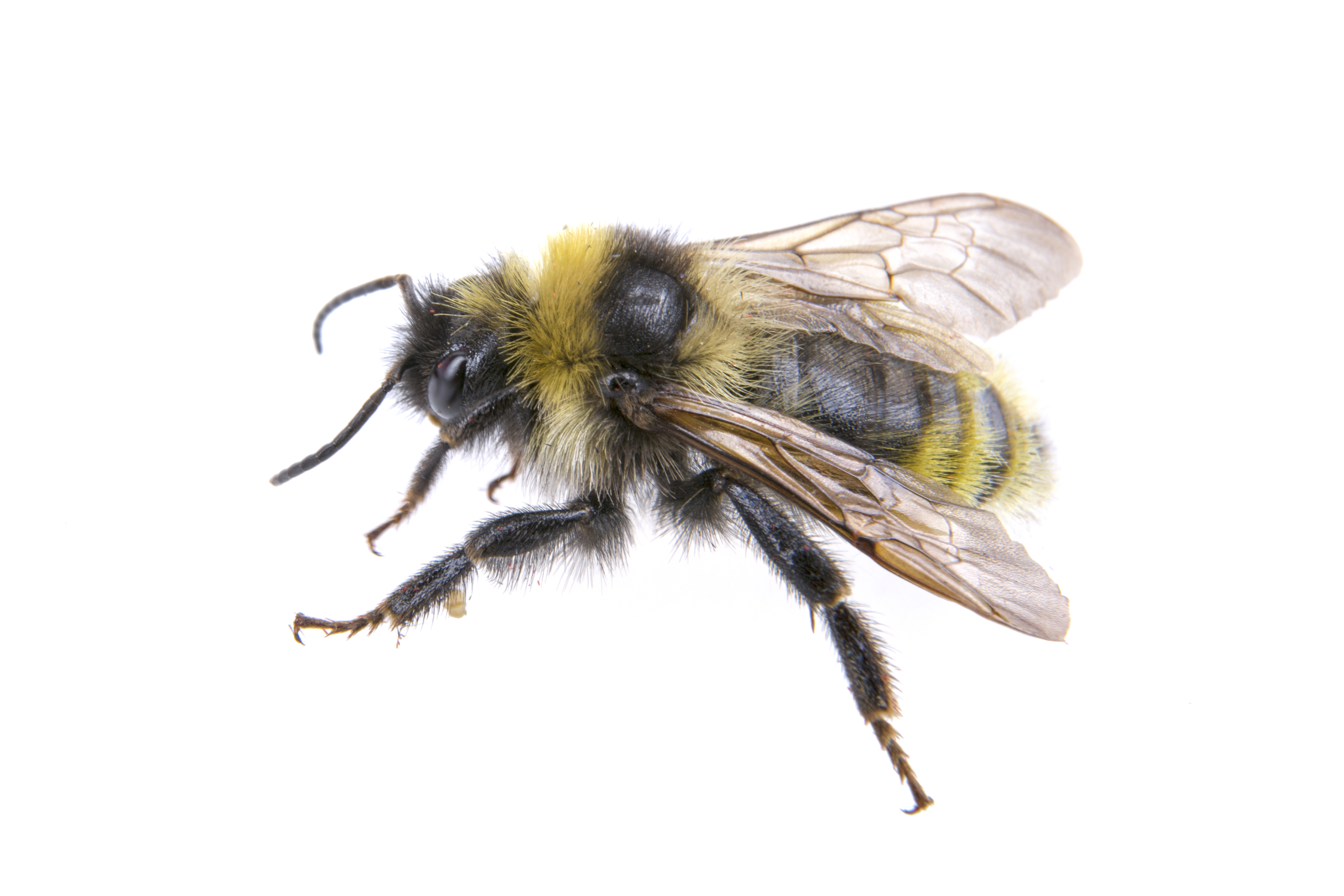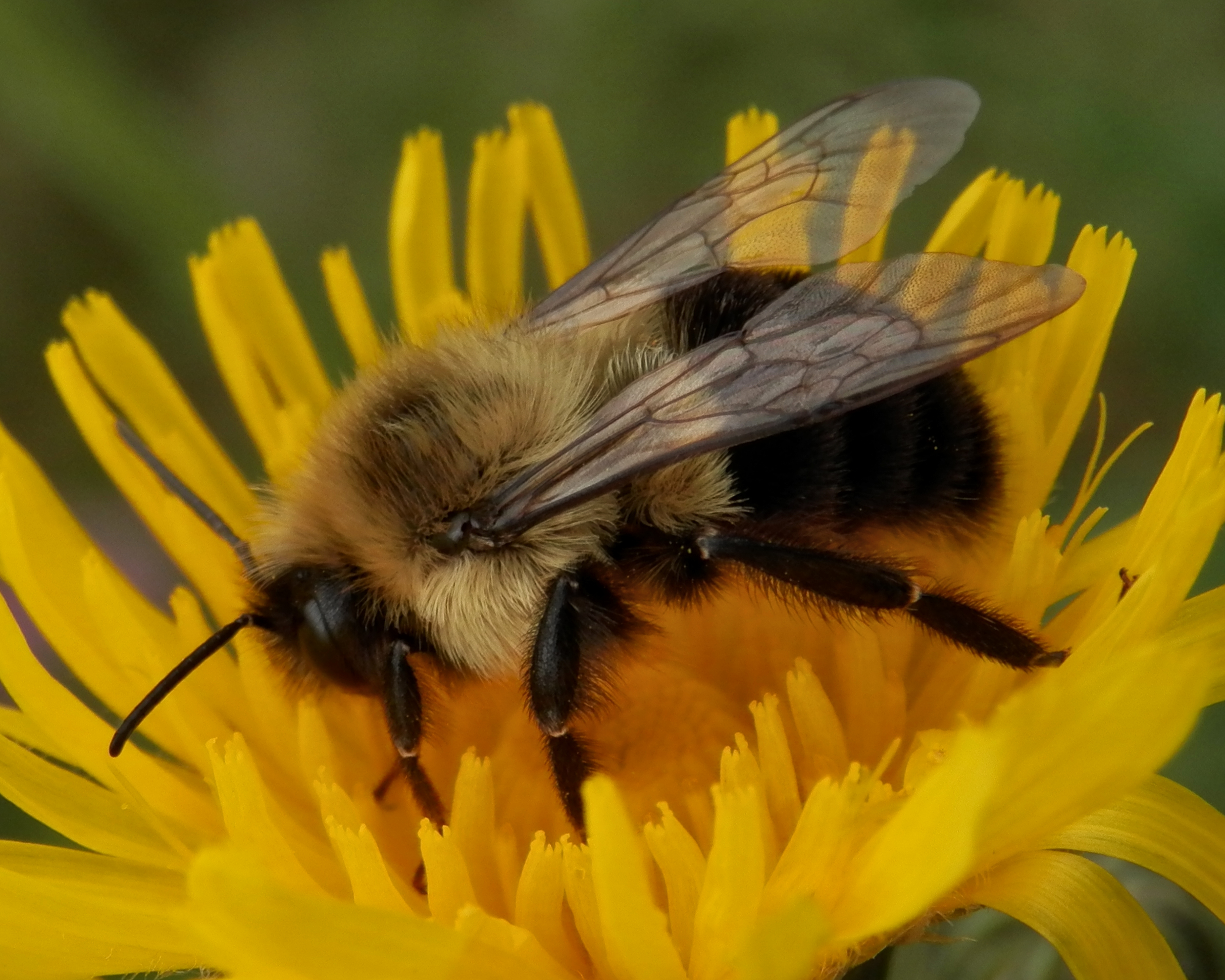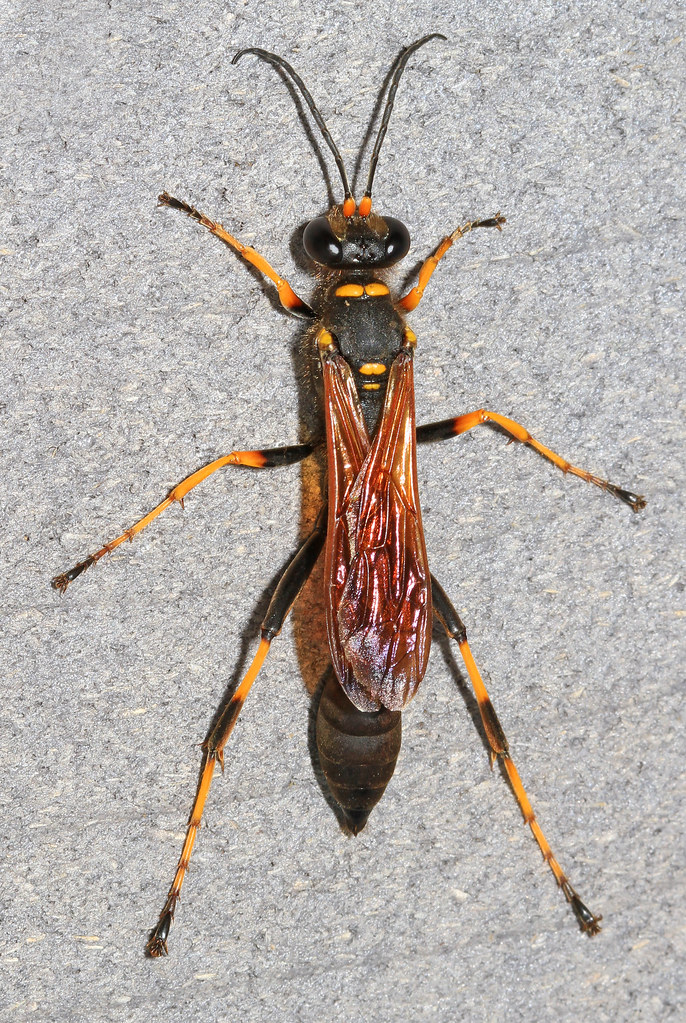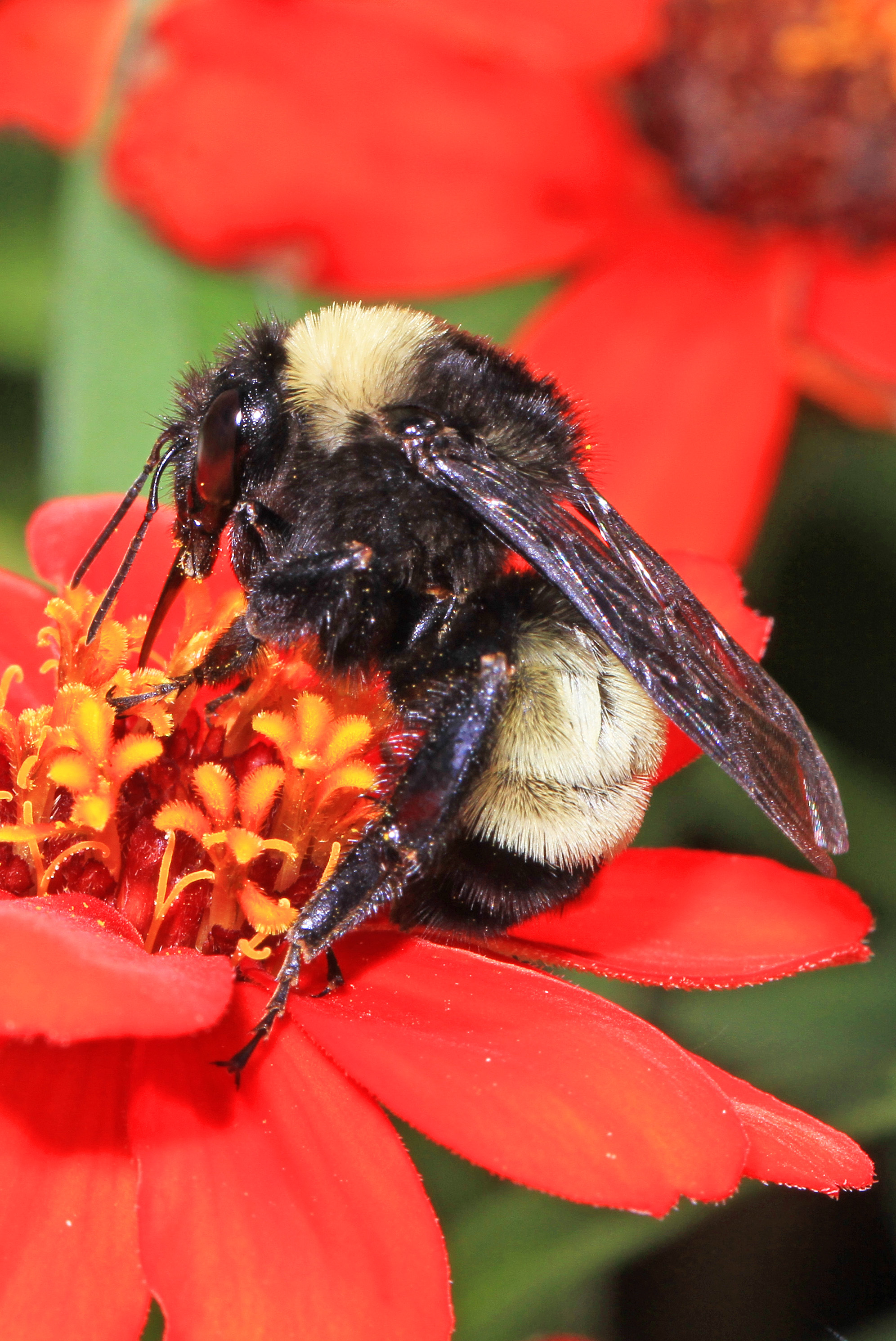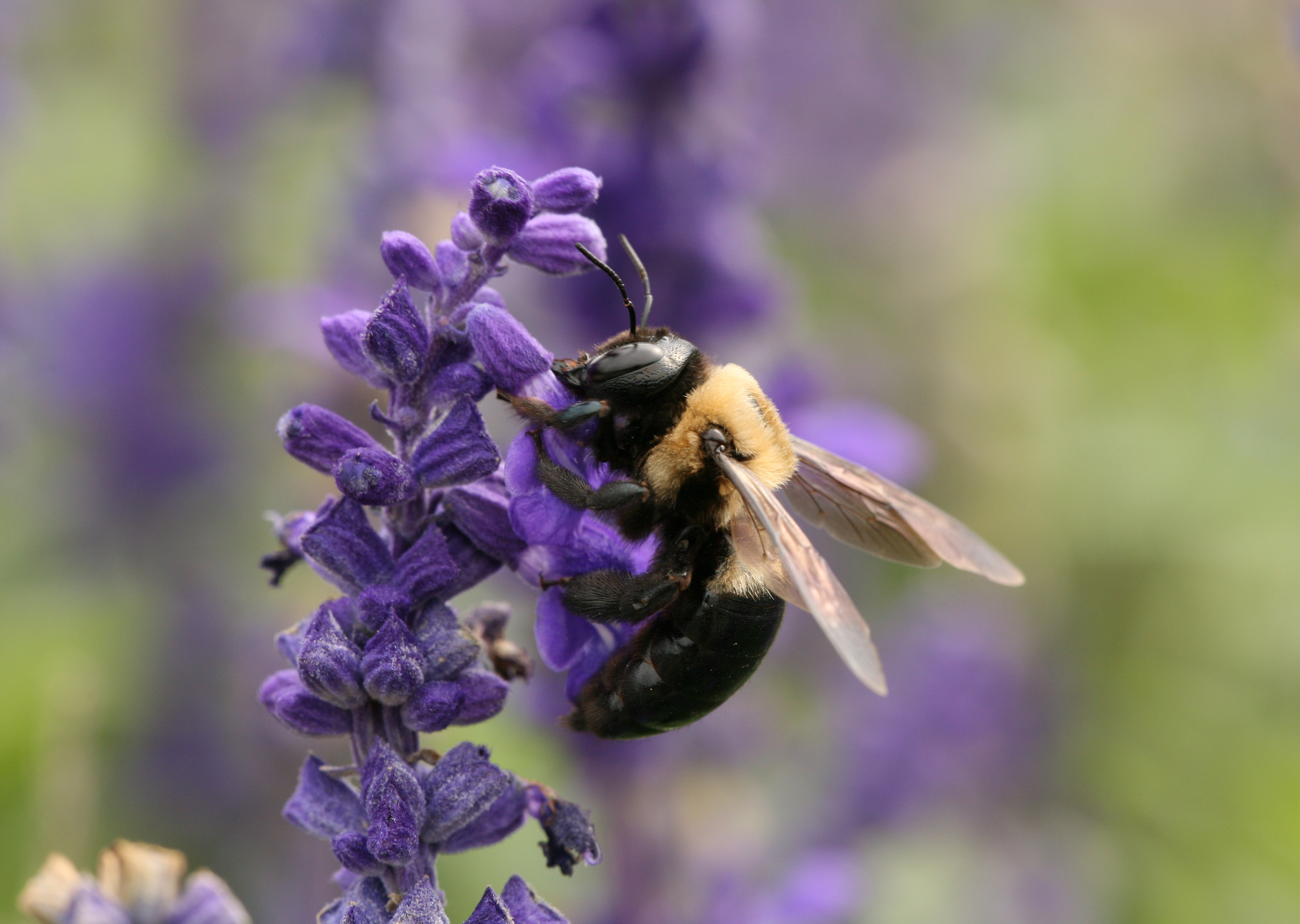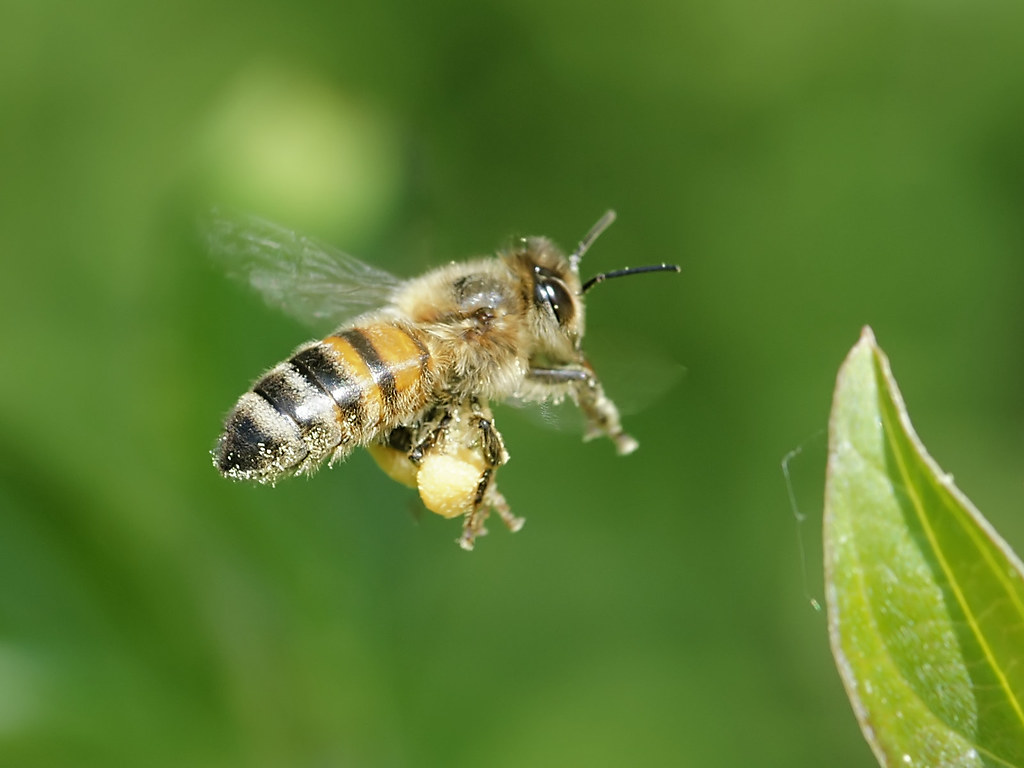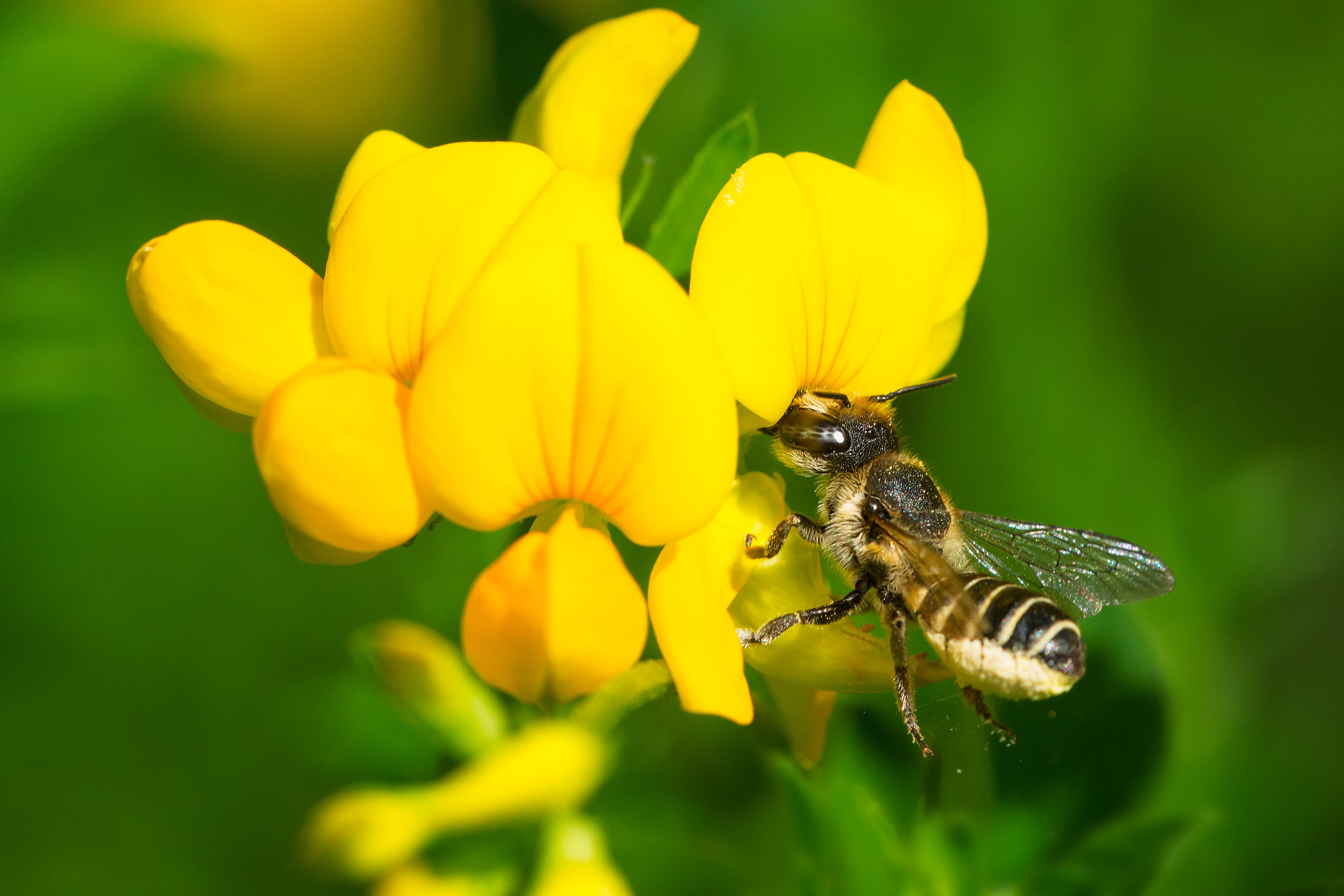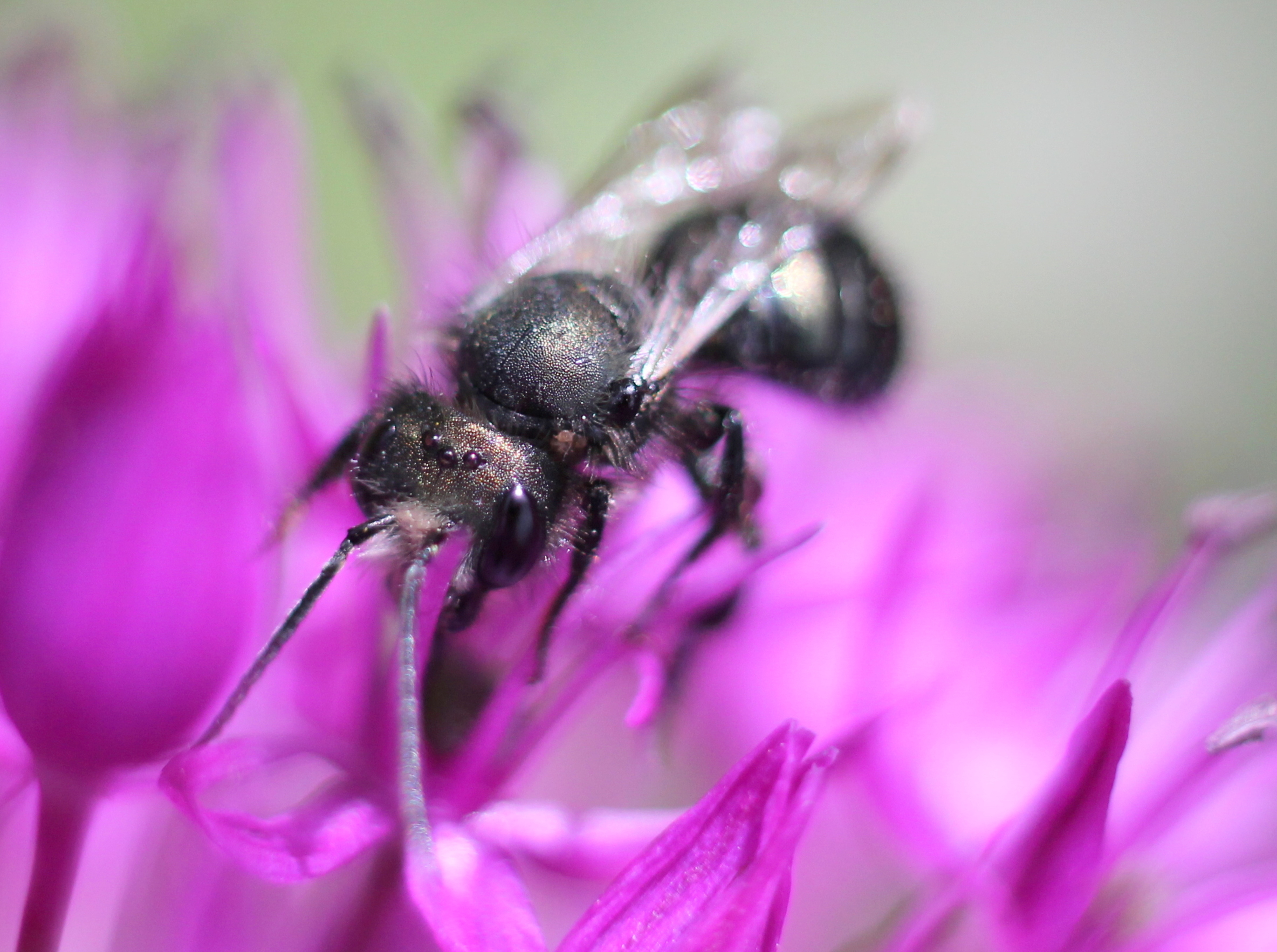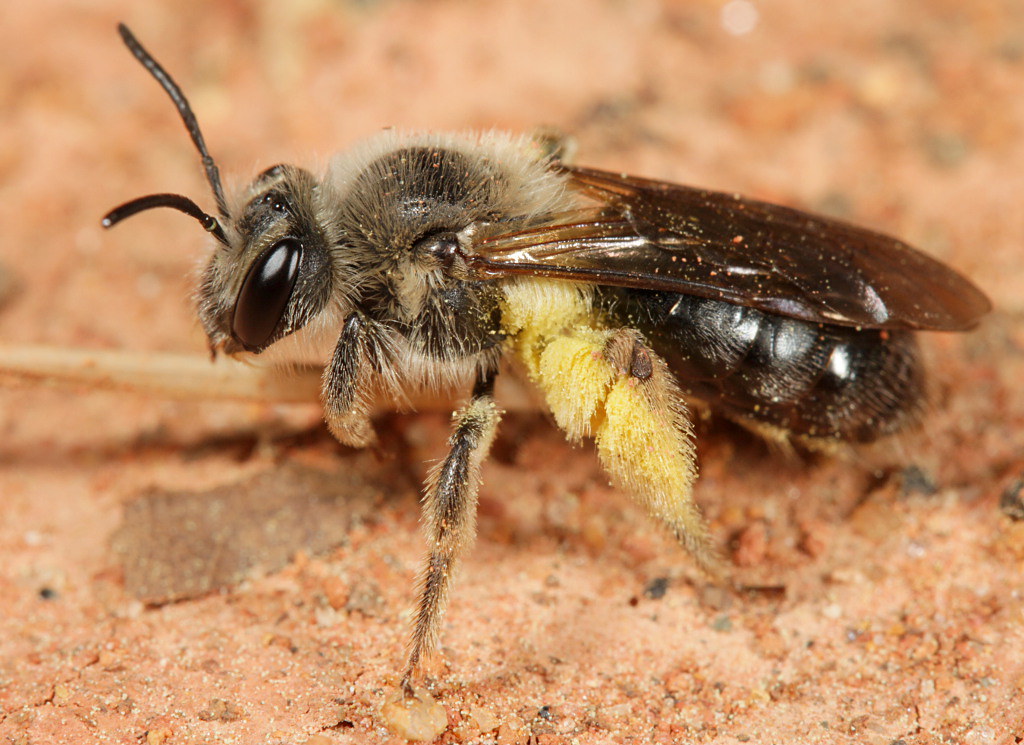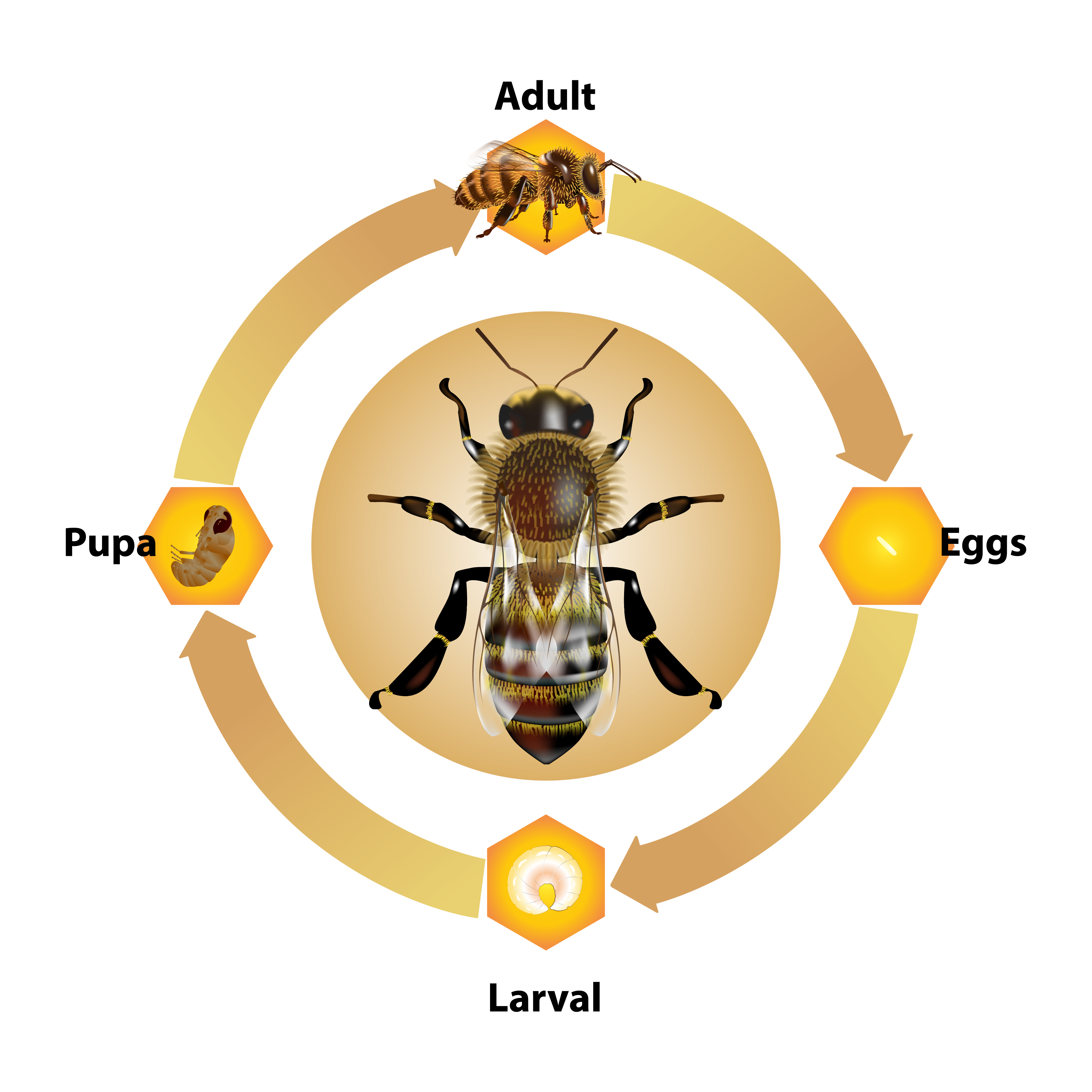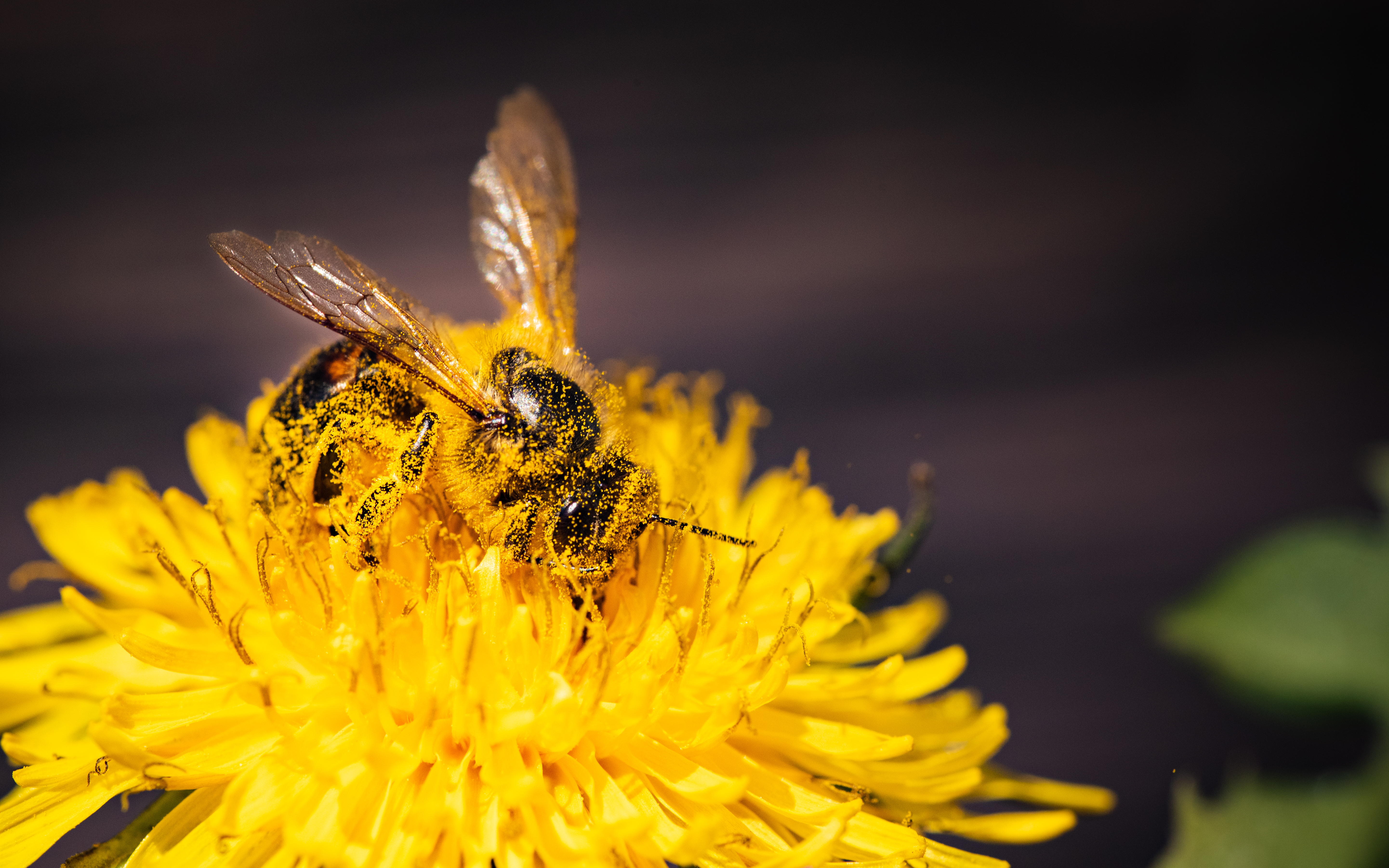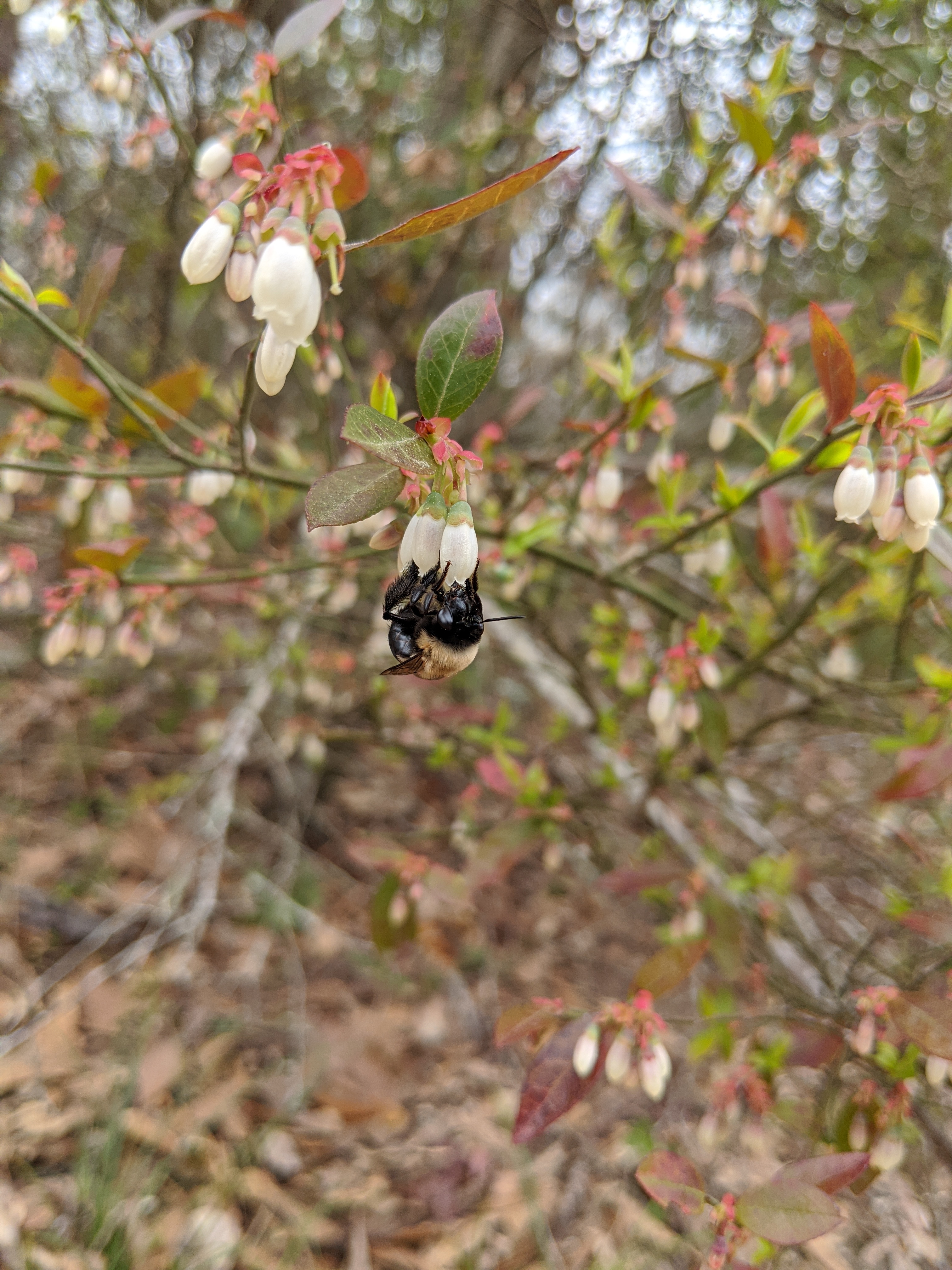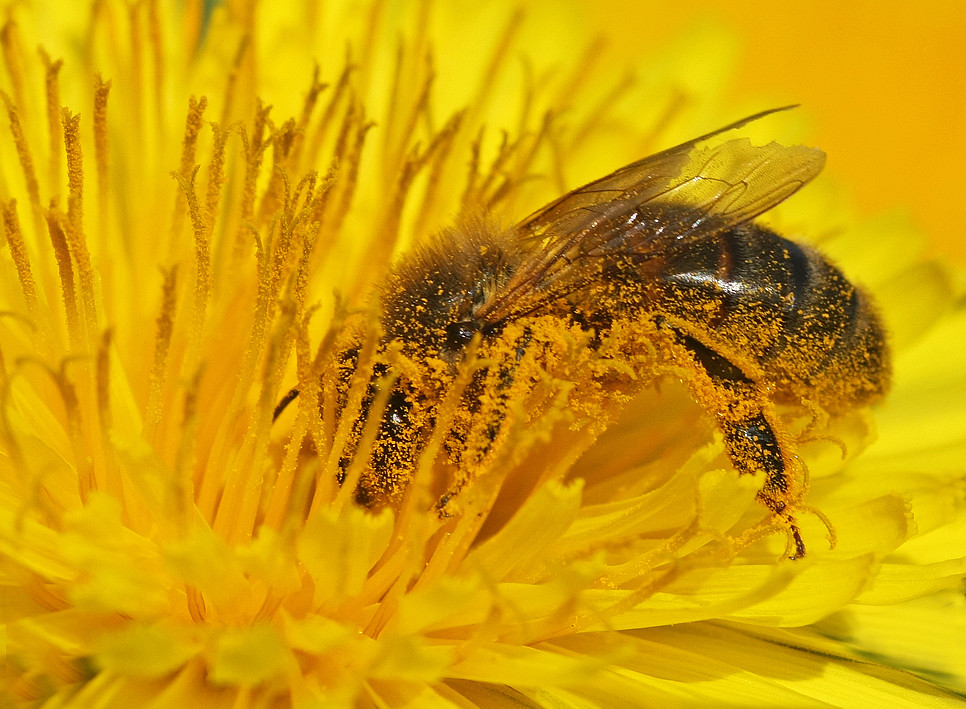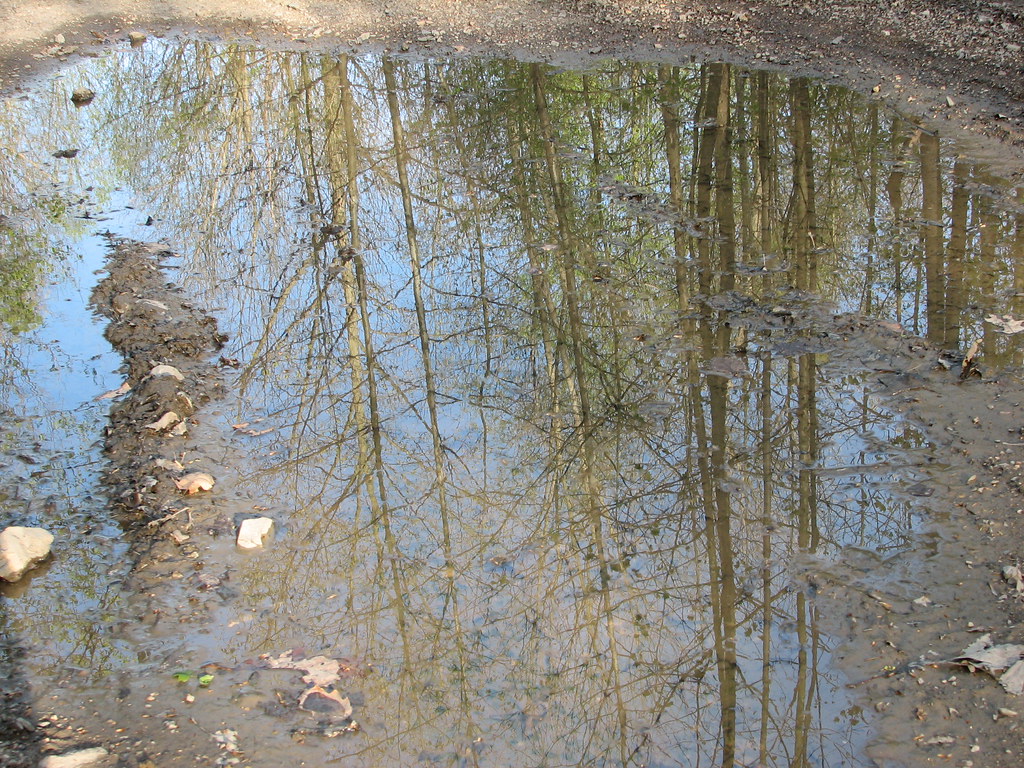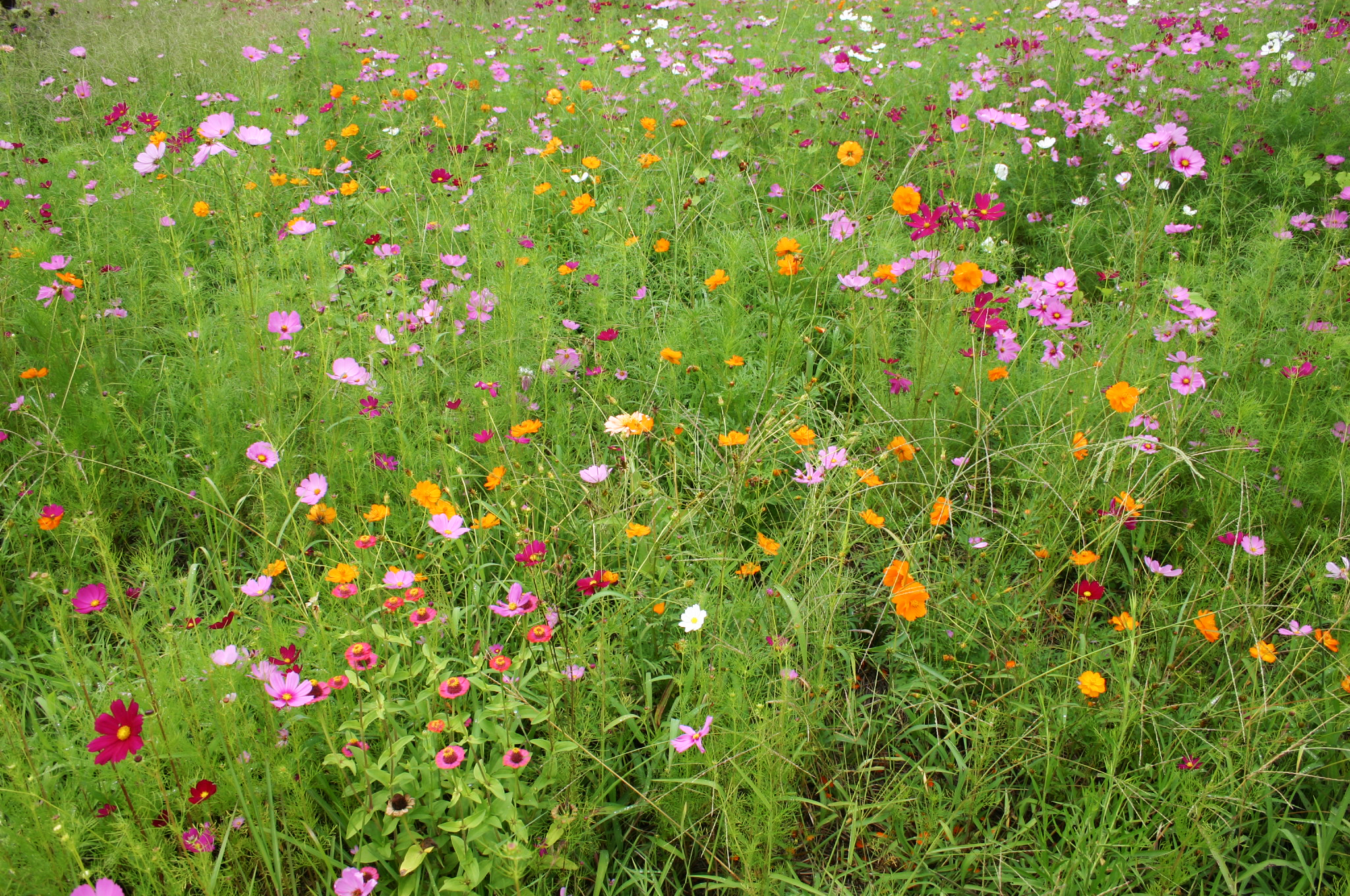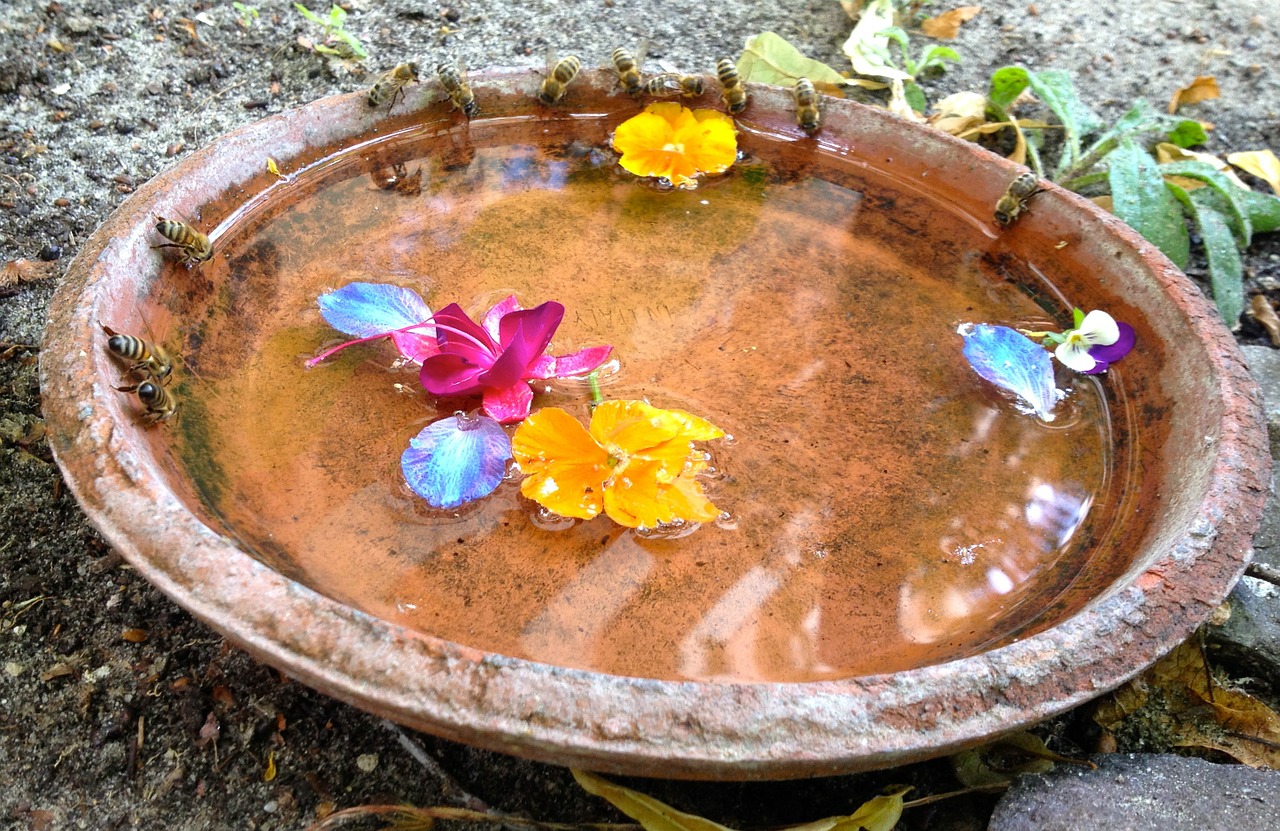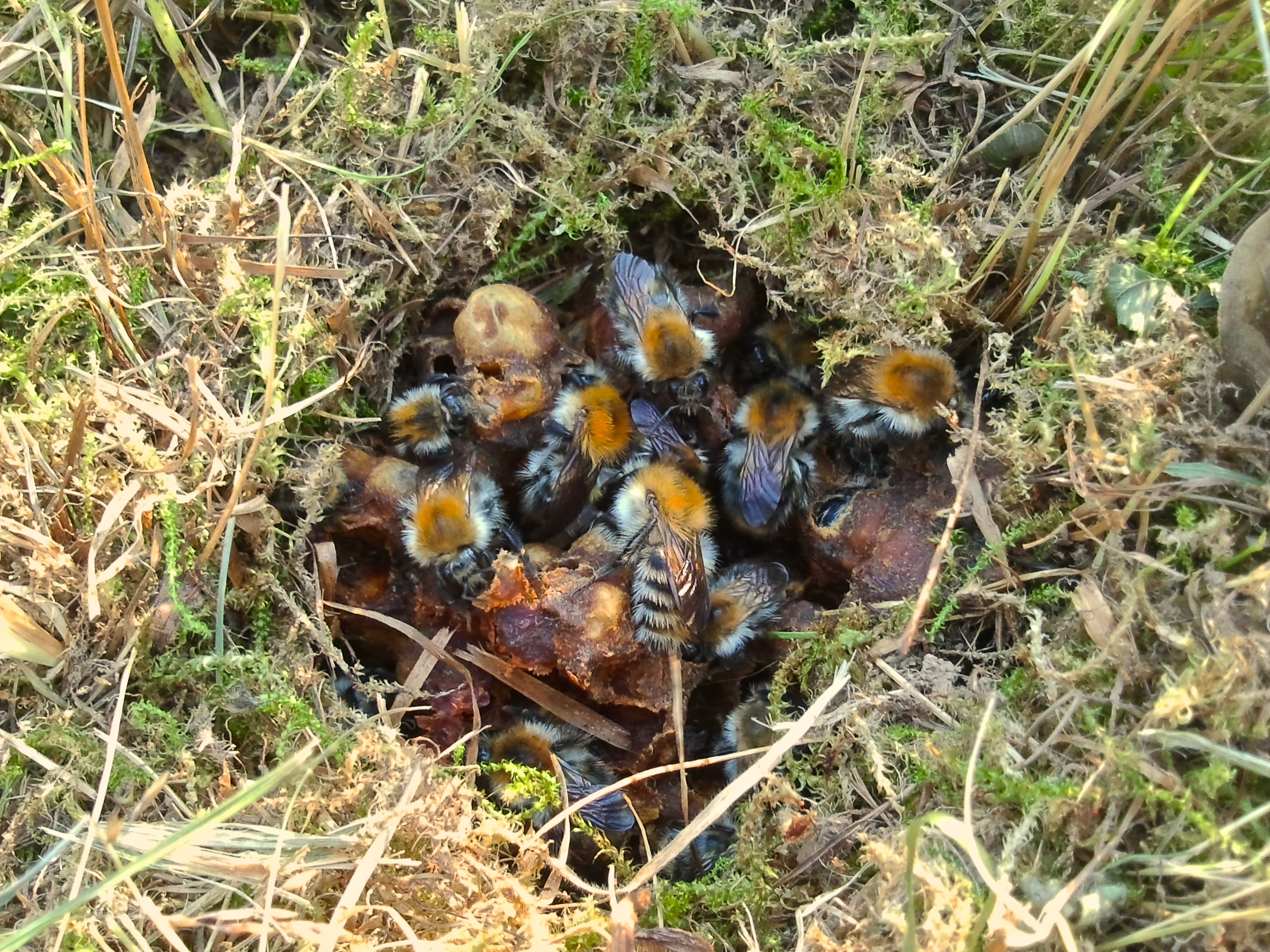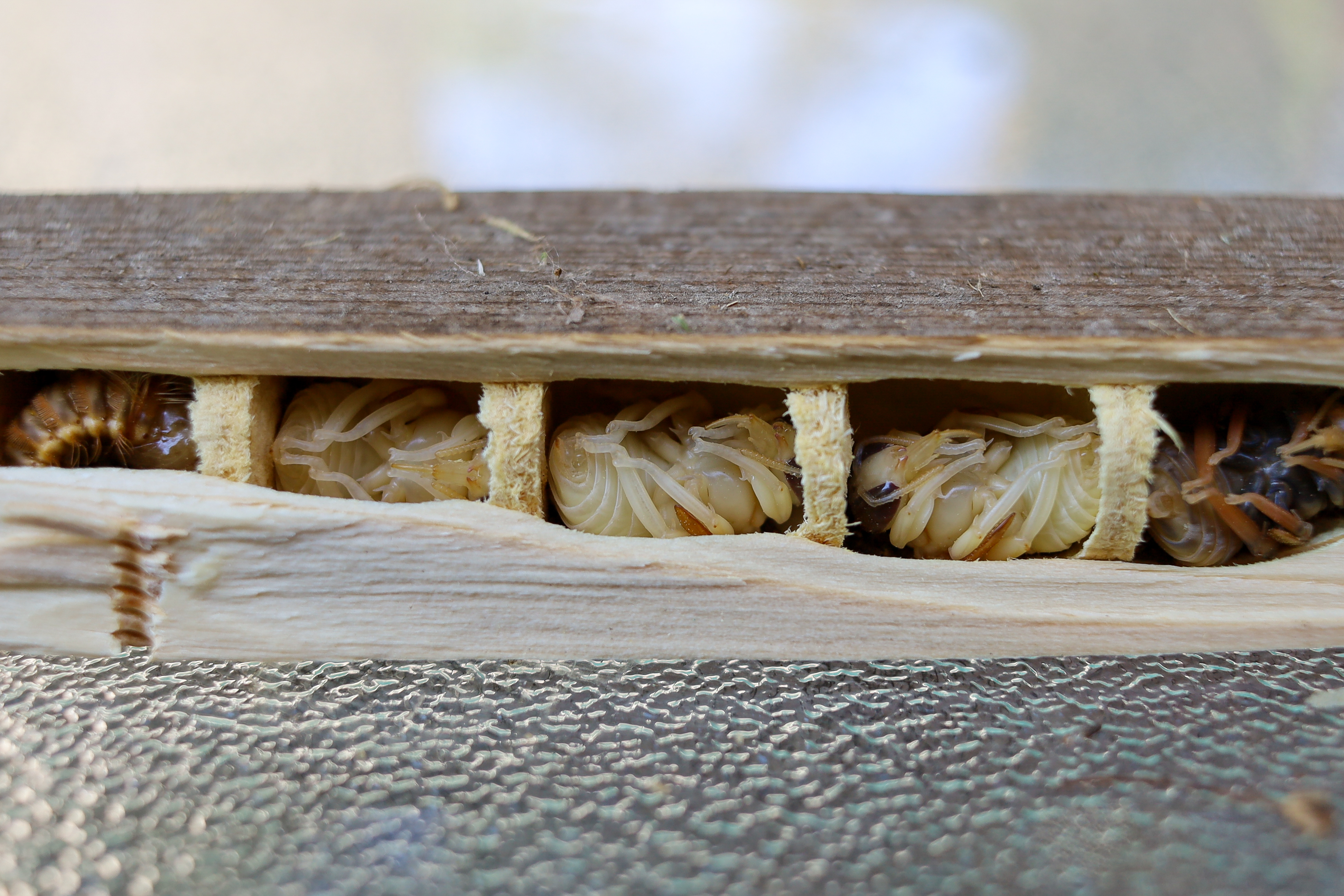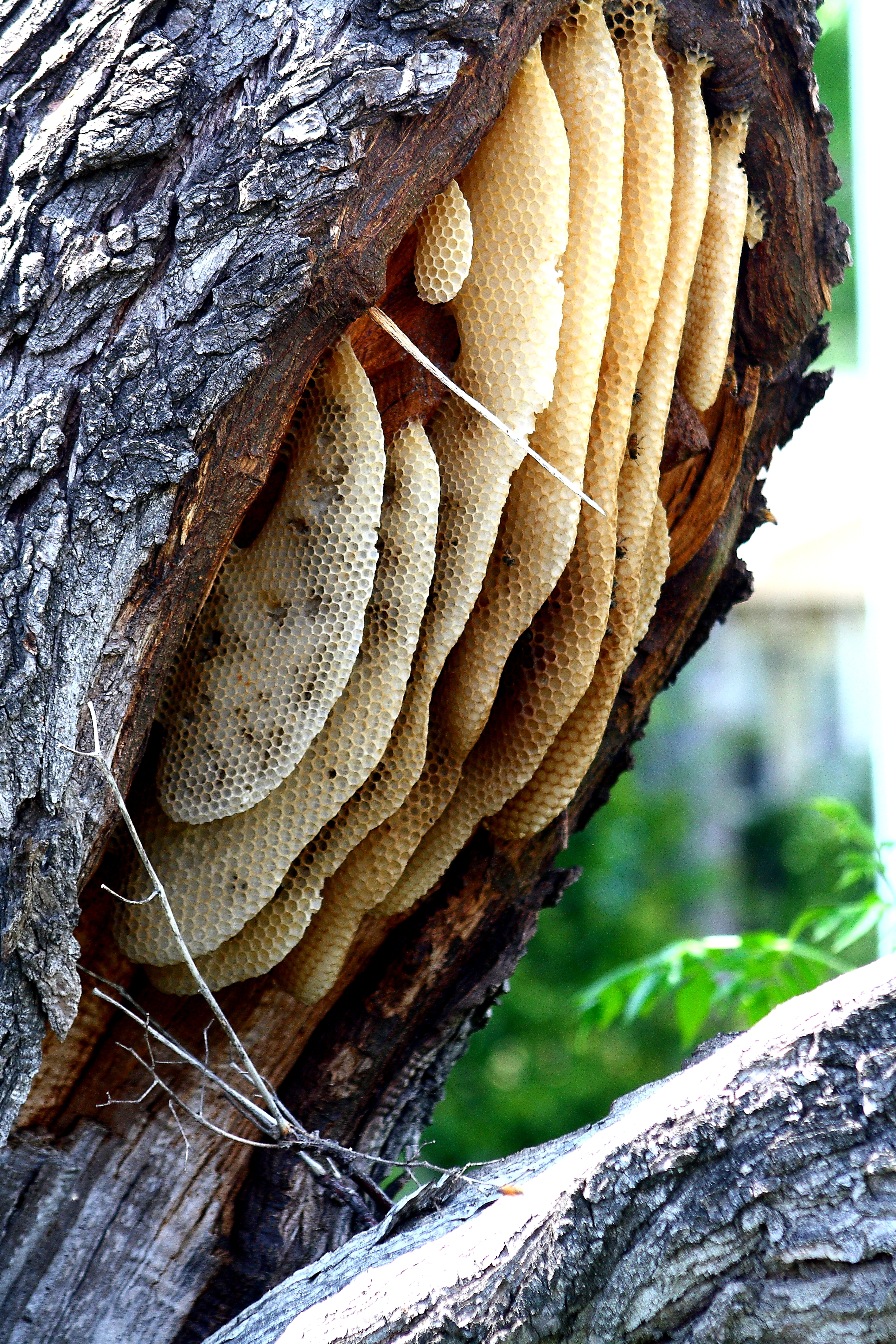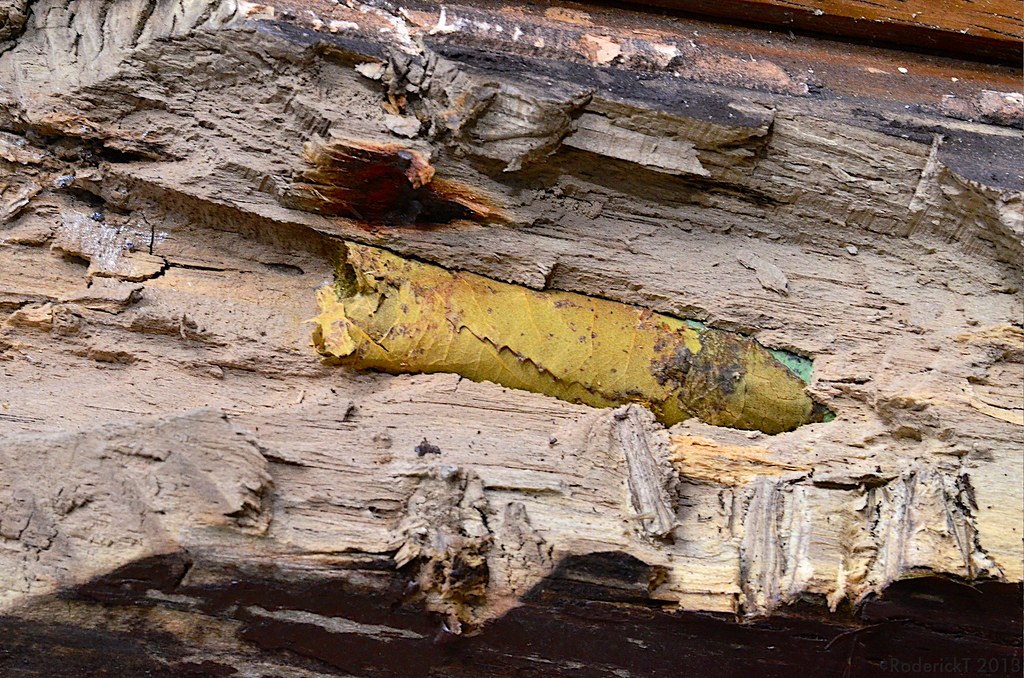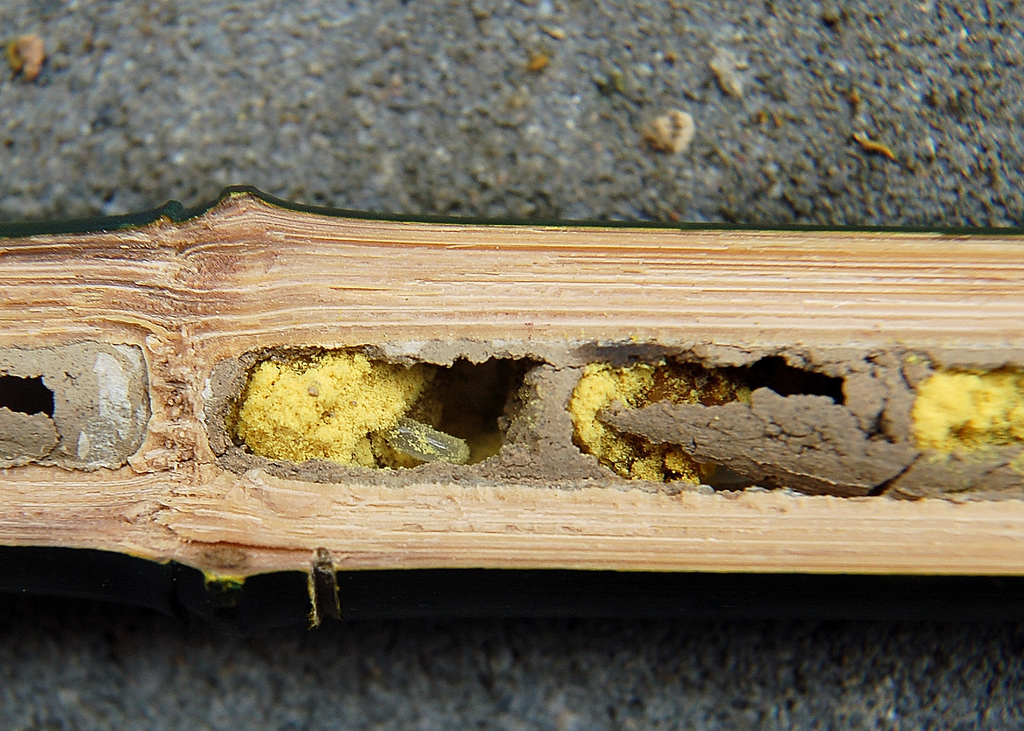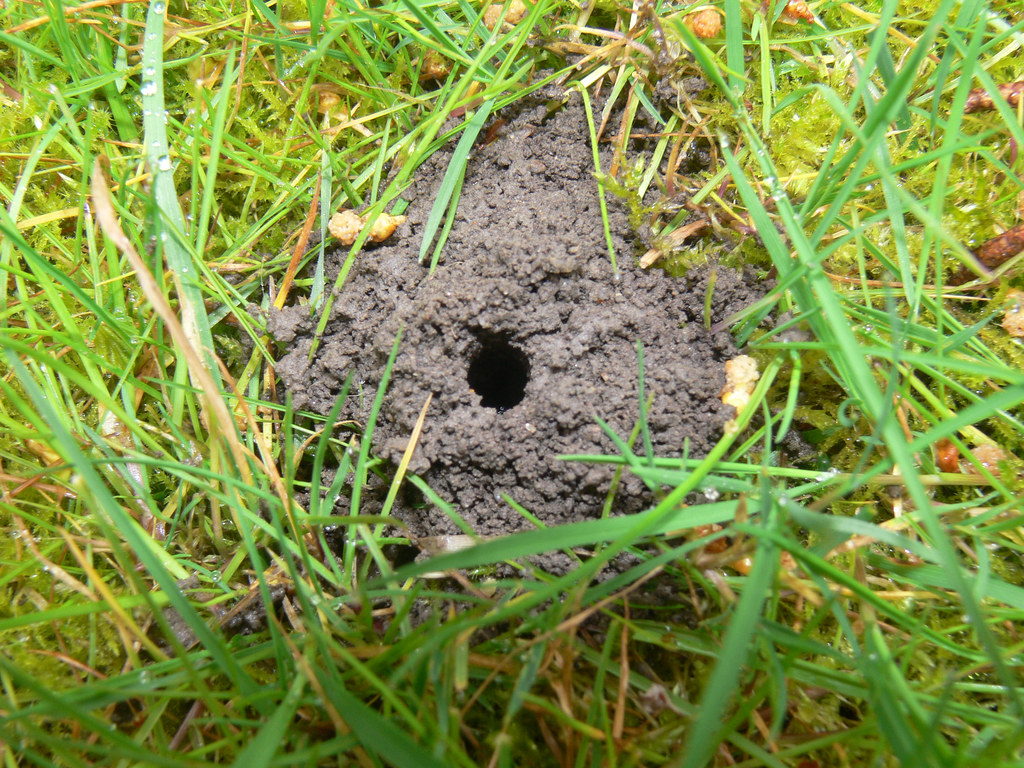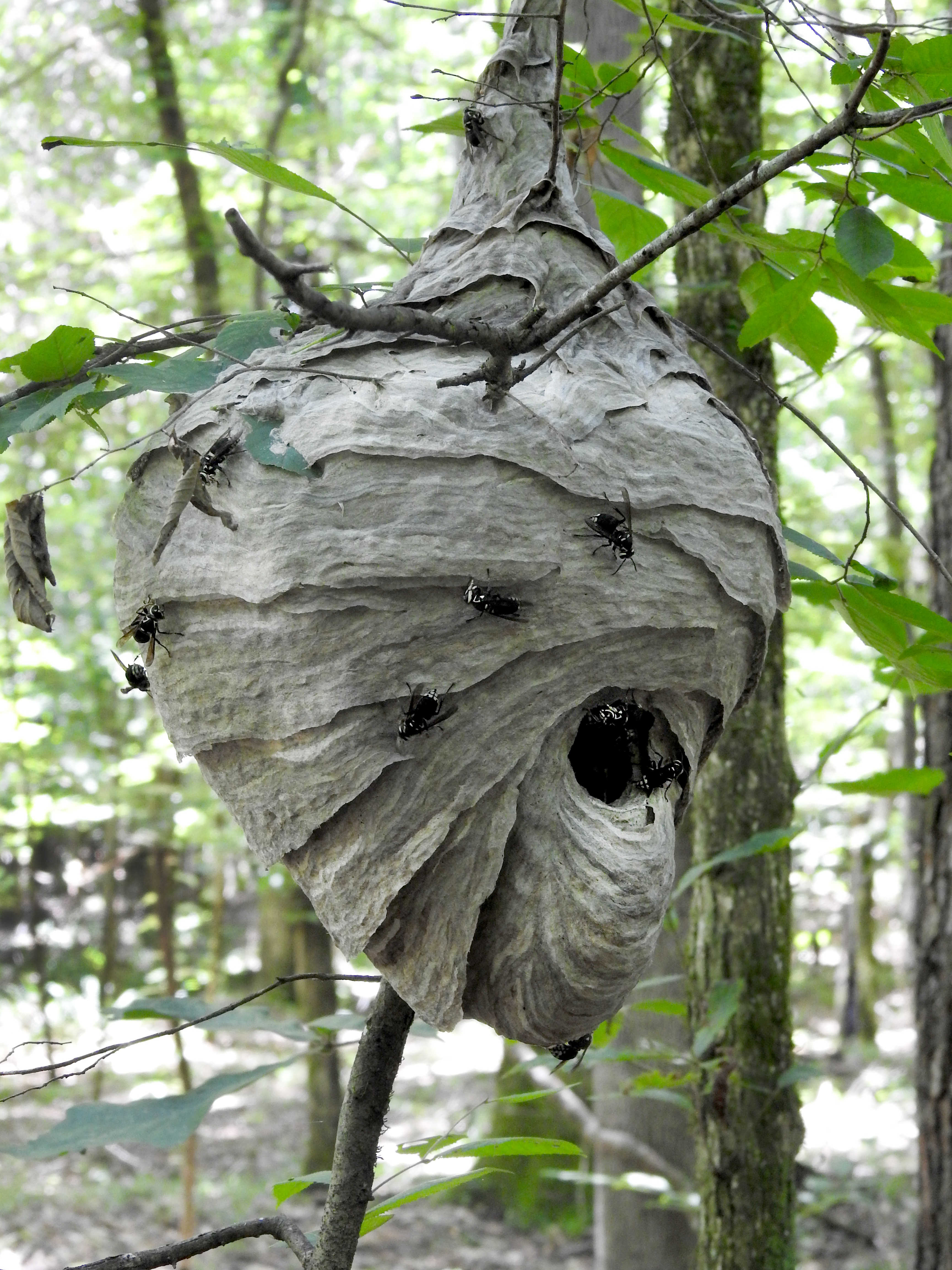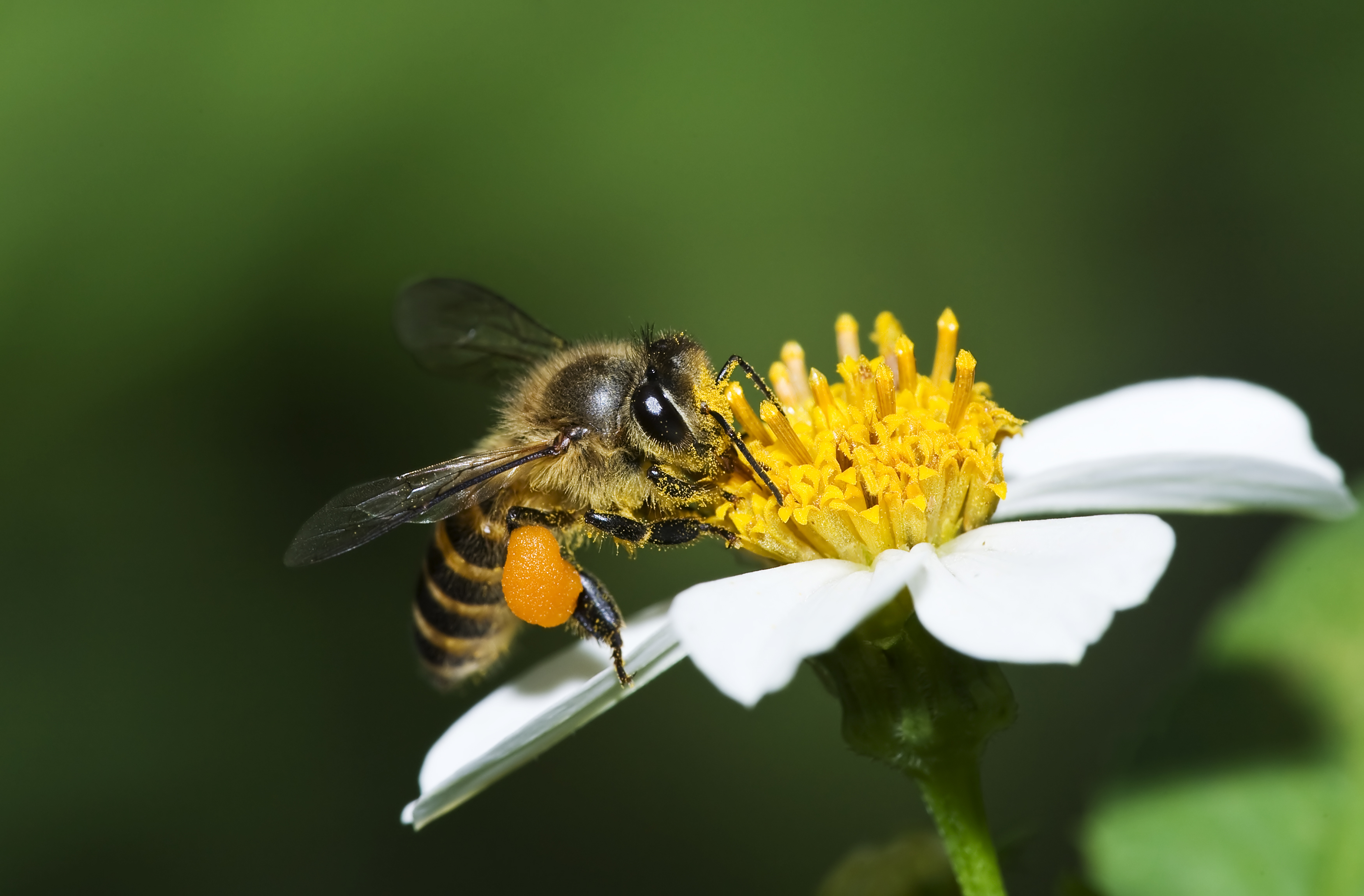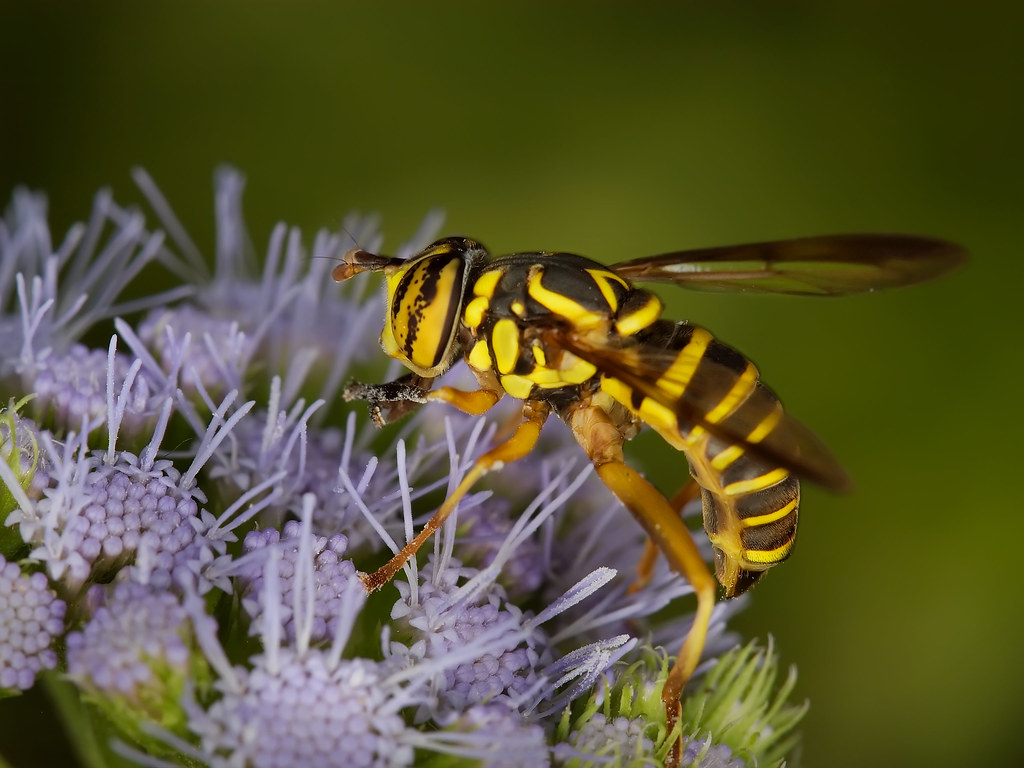Elementary Ecosystem Investigation: Bee Habitat
*Click Here for Upper Grades (6-12) Version*
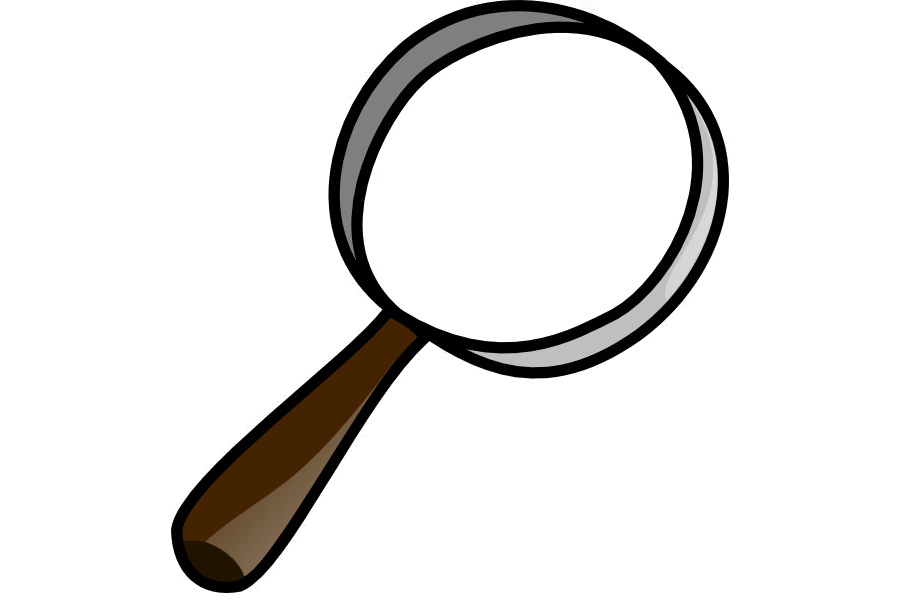 Investigate Bees and Their Habitat
Investigate Bees and Their Habitat
There are over 20,000 species, or types, of bees in the world. 4,000 of these species can be found in the United States.
Bees play an important role in our ecosystems, and your outdoor classroom can help support them by providing habitat including food, water, shelter, and a place to raise their young.
SOURCES USED FOR THIS PAGE
.
 Investigate Bees and Their Habitat
Investigate Bees and Their Habitat| Bee on Clover Flower Wikimedia - Radu Privantu Click on image to enlarge it |
There are over 20,000 species, or types, of bees in the world. 4,000 of these species can be found in the United States.
Bees play an important role in our ecosystems, and your outdoor classroom can help support them by providing habitat including food, water, shelter, and a place to raise their young.
| Click on the topics below to learn more! | ||||
| Characteristics and Types | Life Cycle | Ecological Role | Habitat Needs | Interesting Facts |
| Differences between bees and wasps: | |
Although bees and wasps are classified in a group together, there are ways to tell them apart from one another.
|
|
|
Eastern Bumble Bee Wikimedia - Ryan Hodnett Click on image to enlarge it |
Black and Yellow Mud Dauber Flickr - Judy Gallagher Click on image to enlarge it |
| There are around 4,000 species (types) of bees that can be found in North America. Some of them are easy to see and recognize while many of them live alone and are smaller than a grain of rice. |
||
| Common Types of Bees: |
||
| Bumble | Carpenter | Honey |
|
American Bumble Bee Wikimedia - Judy Gallagher Click on image to enlarge it |
Carpenter Bee Wikimedia - Daniel Schwen Click on image to enlarge it |
Honey Bee flickr - Hans Hillewaert Click on image to enlarge it |
|
|
|
| Check out this fun coloring page and fact sheet about Honey Bees from Kidgardening.org and Little Seeds! | ||
| Leafcutter | Mason | Miner |
|
Leafcutter Bee Dreamstime Click on image to enlarge it |
Mason Bee Dreamstime Click on image to enlarge it |
Mining Bee Dreamstime Click on image to enlarge it |
|
|
|
| Check out this fun coloring page and fact sheet about Mason Bees from Kidgardening.org and Little Seeds! | ||
| Ecological Role | ||
Bees are pollinators:
|
Bee Covered in Pollen
Dreamstime Click on image to enlarge it |
|
Bees are important in food production:
|
Southern Blueberry Bee on Blueberry Flower
Dreamstime Click on image to enlarge it |
|
Buzz pollination:
|
||
| Some native bee species are declining in number due loss of habitat and pesticide use. It is important to provide habitats for them because they play an important role in their ecosystem and help pollinate some of our food sources. | ||
|
||
| Habitat Needs | ||
| Bees require a habitat that provides food, water, shelter, and a place to raise their young. | ||
| Food: | ||
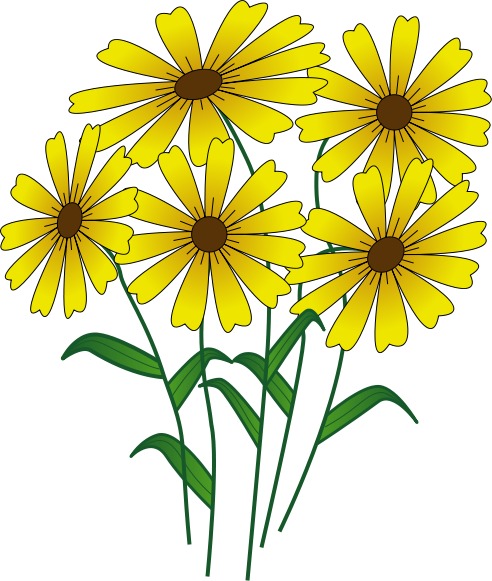 Click on the flowers to see the plant species commonly found in outdoor classroom pollinator gardens! Click on the flowers to see the plant species commonly found in outdoor classroom pollinator gardens! |
Bee Feeding on Dandelion Pollen
flickr - nutmeg66 Click on image to enlarge it |
|
| Water: | ||
|
Shallow Mud Puddle
flickr - daveynin Click on image to enlarge it |
|
| Shelter: | ||
|
||
| Places to Raise Young: | ||
|
|
|
| Supporting Bees in your Backyard Habitat: | ||
|
Mixed Wildflowers
Wikimedia - Alabama Extension Click on image to enlarge it |
|
| Common Types of Bee Nests: | |||
| Bumble | Carpenter | Honey | |
|
Bumblebee Nest
Wikimedia - Panoramedia Click on image to enlarge it |
Carpenter Bee Nest
Wikimedia - A. Thom Wolf Click on image to enlarge it |
Honey Bee Nest
Dreamstime Click on image to enlarge it |
|
|
|
|
|
| Leafcutter | Mason | Miner | |
|
Leafcutter Bee Nest
flickr - rodtuk Click on image to enlarge it |
Mason Bee Nest
Wikimedia - tpjunier Click on image to enlarge it |
Miner Bee Nest
flickr - bramblejungle Click on image to enlarge it |
|
|
|
|
|
|
Paper Wasp Nest Dreamstime Click on image to enlarge it |
||
SOURCES USED FOR THIS PAGE
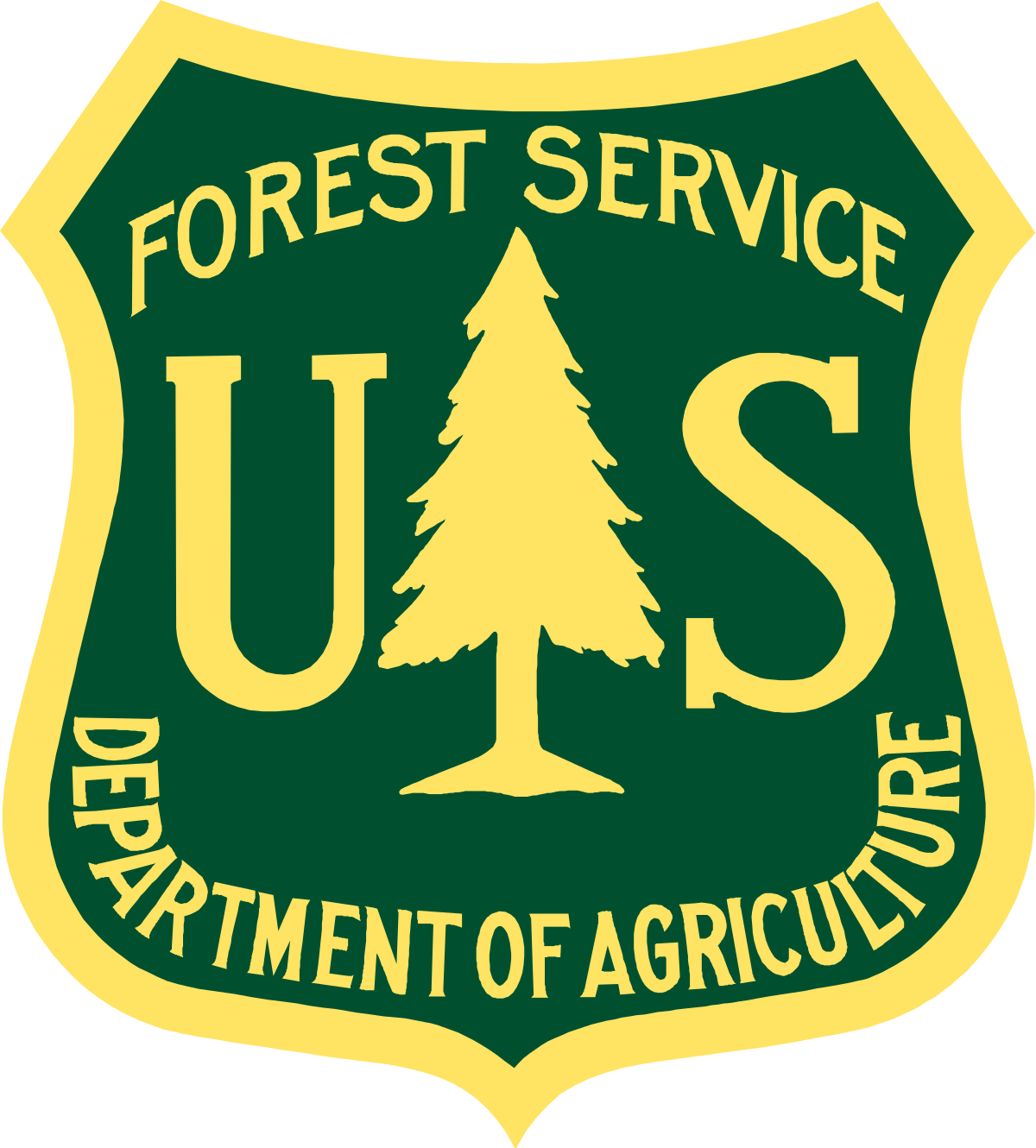 |
 |
|
|
|
|
|
 |
 |
|
 |
|
|
| Bee Basics An Introcudtion to our Native Bees |
||
 Wildlife Tag
Wildlife Tag
